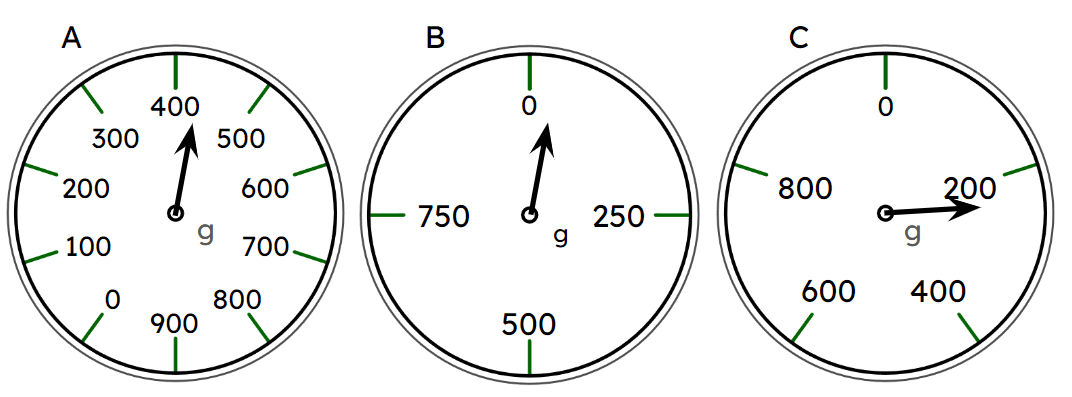Myths about teaching can hold you back
- Year 3
Become familiar with scales with different intervals when measuring in grams
I can become familiar with scales with different intervals when measuring in grams.
- Year 3
Become familiar with scales with different intervals when measuring in grams
I can become familiar with scales with different intervals when measuring in grams.
These resources were made for remote use during the pandemic, not classroom teaching.
Switch to our new teaching resources now - designed by teachers and leading subject experts, and tested in classrooms.
Lesson details
Key learning points
- The mass of objects can be measured in grams.
- Different scales can be marked with different intervals.
- The mass of objects can be compared using scales.
Keywords
Mass - Mass is a measure of how much matter something contains. It is measured by how much something weighs. Mass can be measured in grams.
Gram - A gram is a metric measure of mass (which we feel as weight). A paper clip weighs about 1 gram. The abbreviation is g.
Interval - Intervals are the spaces between given numbers. They include all given numbers between the numbers marked at the start and end.
Common misconception
When comparing masses - if the scales have different intervals or the zero is in different places.
Remind children that the scale is a number line and we always read number lines from zero; the further the arrow travels, the greater mass.
To help you plan your year 3 maths lesson on: Become familiar with scales with different intervals when measuring in grams, download all teaching resources for free and adapt to suit your pupils' needs...
To help you plan your year 3 maths lesson on: Become familiar with scales with different intervals when measuring in grams, download all teaching resources for free and adapt to suit your pupils' needs.
The starter quiz will activate and check your pupils' prior knowledge, with versions available both with and without answers in PDF format.
We use learning cycles to break down learning into key concepts or ideas linked to the learning outcome. Each learning cycle features explanations with checks for understanding and practice tasks with feedback. All of this is found in our slide decks, ready for you to download and edit. The practice tasks are also available as printable worksheets and some lessons have additional materials with extra material you might need for teaching the lesson.
The assessment exit quiz will test your pupils' understanding of the key learning points.
Our video is a tool for planning, showing how other teachers might teach the lesson, offering helpful tips, modelled explanations and inspiration for your own delivery in the classroom. Plus, you can set it as homework or revision for pupils and keep their learning on track by sharing an online pupil version of this lesson.
Explore more key stage 2 maths lessons from the Measures: mass and capacity unit, dive into the full primary maths curriculum, or learn more about lesson planning.

Licence
Prior knowledge starter quiz
6 Questions
Q1.Look at the image showing a brick and a feather. Which is heavier?
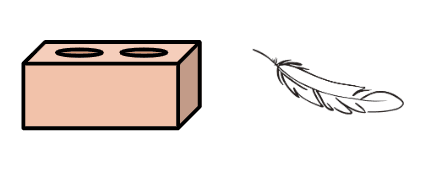
Q2.Look at the image. Which object has greater mass?
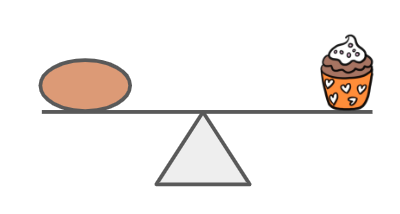
Q3.One hundred is composed of ten equal parts of .
Q4.Using the number line, match the letter to its number.

20
50
90
Q5.One hundred is composed of five equal parts of .
Q6.Look at the number line. Label the missing number.

Assessment exit quiz
6 Questions
Q1.Look at this scale. What are the intervals going up in?
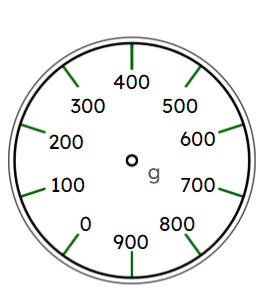
Q2.Look at the scales. Which number is missing from where the arrow is pointing to?
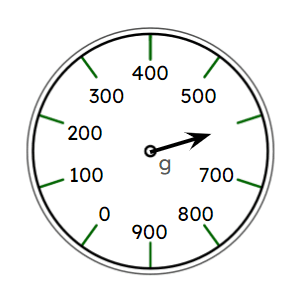
Q3.Look at the scales. Which object has a greater mass?
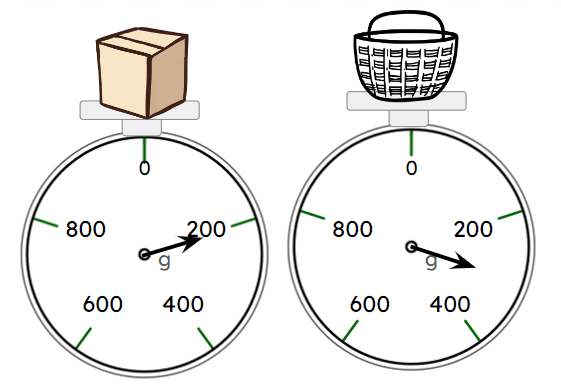
Q4.Look at the scales. Which object has the greater mass?
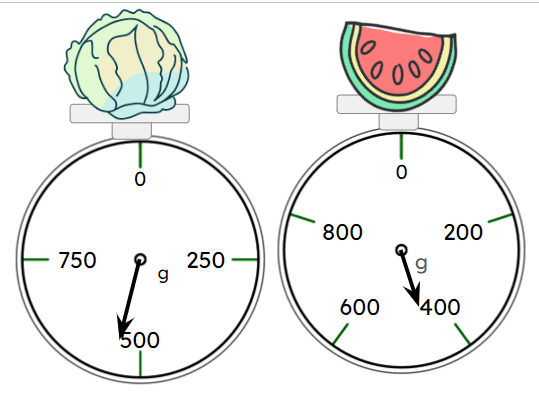
Q5.Starting with the smallest, put these scales in order of the mass they are showing.
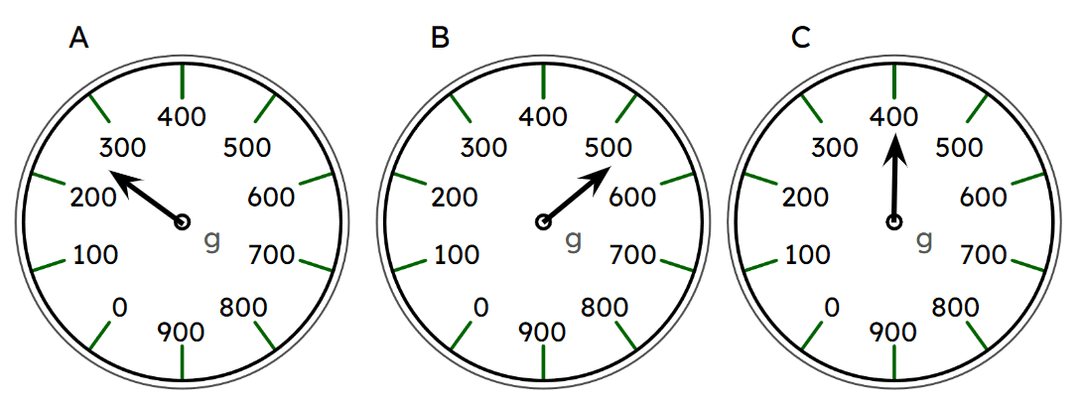
Q6.Starting with the smallest, put these scales in the order of mass that they are showing.
